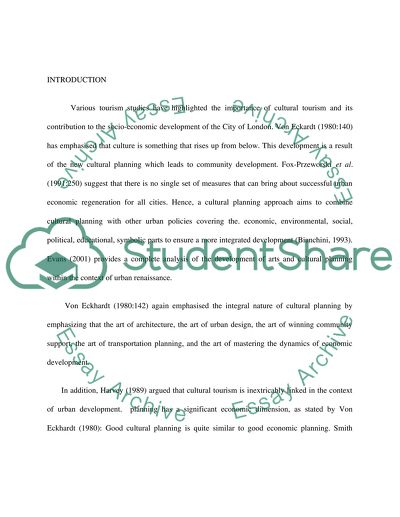Cite this document
(“Cultural Tourism Essay Example | Topics and Well Written Essays - 3250 words”, n.d.)
Cultural Tourism Essay Example | Topics and Well Written Essays - 3250 words. Retrieved from https://studentshare.org/miscellaneous/1513480-cultural-tourism
Cultural Tourism Essay Example | Topics and Well Written Essays - 3250 words. Retrieved from https://studentshare.org/miscellaneous/1513480-cultural-tourism
(Cultural Tourism Essay Example | Topics and Well Written Essays - 3250 Words)
Cultural Tourism Essay Example | Topics and Well Written Essays - 3250 Words. https://studentshare.org/miscellaneous/1513480-cultural-tourism.
Cultural Tourism Essay Example | Topics and Well Written Essays - 3250 Words. https://studentshare.org/miscellaneous/1513480-cultural-tourism.
“Cultural Tourism Essay Example | Topics and Well Written Essays - 3250 Words”, n.d. https://studentshare.org/miscellaneous/1513480-cultural-tourism.


